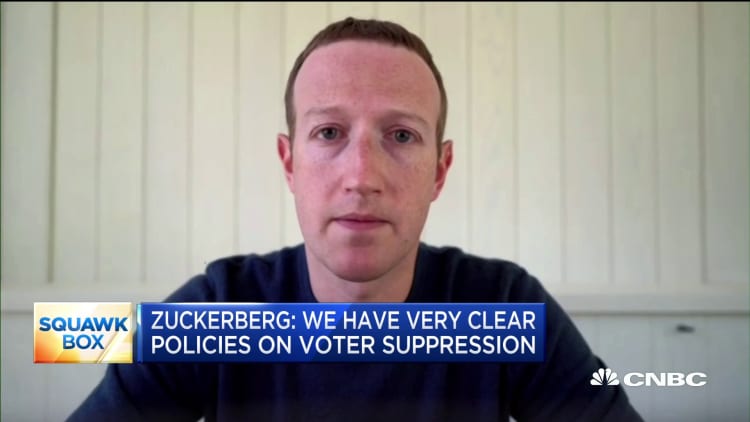In an era where digital media has become the primary source of information, spotting falsehoods becomes as crucial as finding the information itself. This is especially true in the realm of health and fitness, where incorrect information can have dire consequences.
In this article, we will explore the world of health influencers, how misinformation spreads within the fitness community, and how you can navigate this landscape to find trustworthy, reliable sources of information.
The Rise of Fitness Influencers
The advent of digital platforms gave birth to a new kind of celebrity: the fitness influencer. These individuals use their platforms to share their fitness journeys, workout routines, diet plans, and more. They have become a cornerstone in today’s fitness culture, with thousands, even millions, following their advice and lifestyle tips.
But with great influence comes great responsibility. Misinformation can spread rapidly in these settings, potentially leading followers down a path of unhealthy habits and unrealistic expectations.
The Impact of Misinformation
Misinformation in the fitness community can have significant consequences. For instance, false information about dieting or exercising can lead to ineffective workouts, poor nutrition, and even health risks. This reality underlines the importance of being able to identify trustworthy sources and separate fact from fiction.
Identifying False Claims
The first step in avoiding health misinformation is to learn how to spot exaggerated or false claims. Beware of words like “breakthrough,” “revolutionary,” or “first ever.” While scientific advancements do occur, they are rarely as frequent or dramatic as some influencers may suggest.
For instance, be wary of any influencer claiming to have a vaccine or cure for diseases like coronavirus. As of the time of writing, no such cure exists, and any claim to the contrary is a red flag.
Spotting Conspiracy Theories
Conspiracy theories can be a significant red flag when evaluating a health influencer. Claims like “the authorities are hiding this,” or “they don’t want you to know this,” should raise immediate suspicion.
Take the time to critically examine these “revelations.” Often, they rely on faulty logic or questionable sources. For example, the “Plandemic” conspiracy theory video made a series of unverified claims about the coronavirus. One of the “experts” in the video, Judy Mikovits, was previously discredited for her research into chronic fatigue syndrome.
Understanding Peer Review
Peer review is an essential part of establishing the credibility of scientific research. It involves independent experts evaluating a study to verify its methodology and findings. When evaluating health advice, check if the information is based on peer-reviewed research. If not, approach it with skepticism.
Emotional Tactics
Misinformation often uses emotional language to manipulate readers. If a piece of content makes you feel fearful or angry, it’s possible that it’s trying to manipulate you. Be especially suspicious if the content is promoting a specific brand or product.
Reading Beyond the Headlines
Another crucial step in avoiding health misinformation is to read beyond the headlines. A sensational headline can often misrepresent the actual content of the article. Also, check the author’s credentials and the publication date. Outdated information can be as misleading as false information.
The Fitness Community and Its Challenges
While the fitness community has made substantial strides in promoting health and wellness, it also faces significant challenges. For instance, the community is flooded with misinformation about diets and workouts. This is because many people desire a quick fix to their health and fitness goals, which simply doesn’t exist.
Moreover, the fitness content online is predominantly targeted towards young women, which can create unrealistic beauty standards and exacerbate insecurities. Fitness influencers need to promote body positivity and provide accurate information to their followers.
Spot Reduction and Crash Diets: The Myths
One common misinformation is the notion of spot reduction, the idea that you can lose fat from specific areas of your body by exercising those parts. However, scientific research has debunked this idea.
Another prevalent myth is the effectiveness of crash diets. These diets promise rapid weight loss, but they often lead to unhealthy habits and even weight gain in the long term.
Conclusion: Avoiding Health Misinformation
Navigating the world of health influencers can be challenging, especially with the prevalence of misinformation. However, by being critical of the information you consume, you can steer clear of false claims and maintain a healthy lifestyle.
Remember, it’s important to verify the information you receive, check the credibility of the source, and when in doubt, consult a healthcare professional or a trusted health organization like the Centers for Disease Control and Prevention or the World Health Organization.

Remember, health is a journey, not a destination. It’s about making sustainable changes to your lifestyle that you can maintain in the long term. Beware of quick fixes and miracle cures, and always strive for a balanced and healthy lifestyle.
